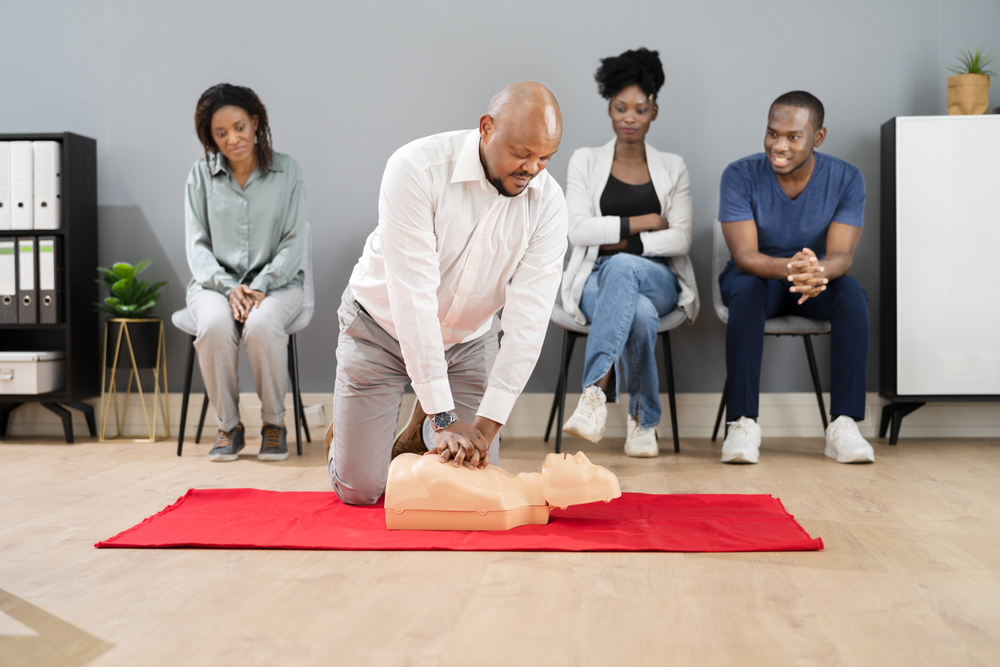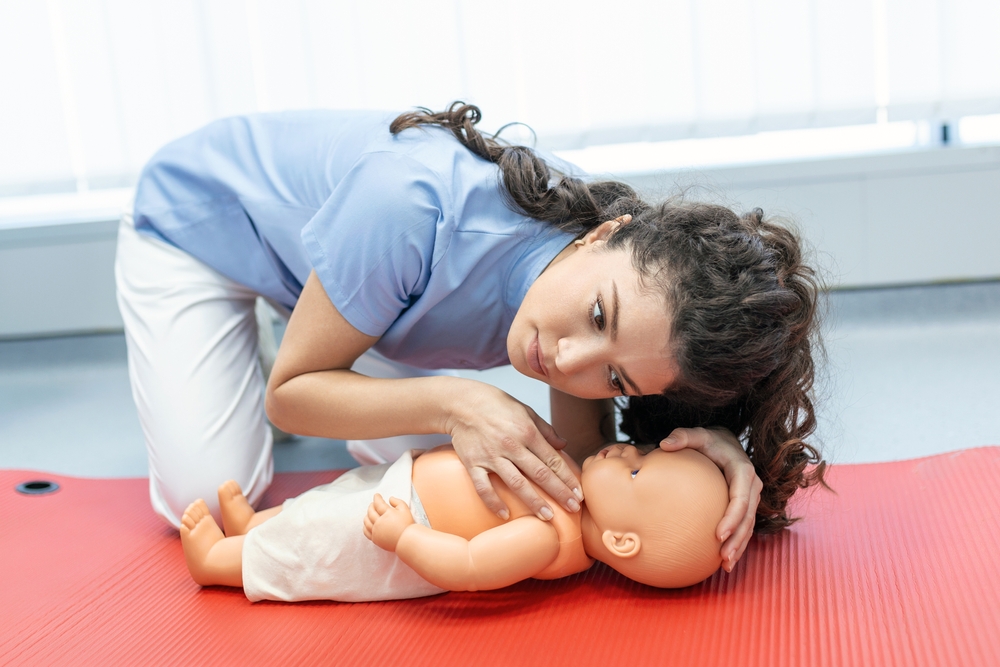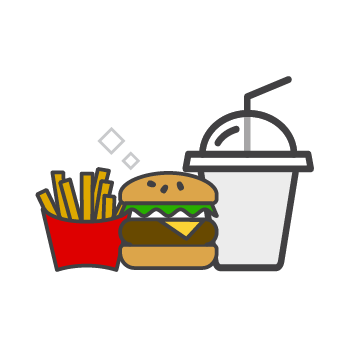Do You Know How to Perform These Essential Lifesaving CPR Steps?
by Carolyn Lee Jul 4, 2022

There are many heroic stories of cardiopulmonary resuscitation (CPR) being used to save someone’s life. Health emergencies can be scary, especially when the people involved cannot get the immediate medical attention that could preserve life. CPR involves essential lifesaving steps that are useful during cardiac or breathing emergencies.
With CPR training, we understand what to do that may save the lives of adults, children, and babies during specific emergencies.
We want to remind you of a few of the steps provided by the Red Cross you can use to help someone with a health emergency.
Before doing CPR
- Ensure that the space is safe. Find out if the person is conscious by tapping the shoulder and asking loudly, “Are you OK?” to ensure that help is needed.
- If you are alone, call for emergency assistance and then administer CPR. If more than one person is present, have one person call for help while the other begins CPR.
- Open the airway by putting the person on their back on a firm surface and tilting the head slightly to lift the chin.
- Check to see if the person is breathing by listening for 10 seconds (gasping does not equate to breathing). If they are still not breathing, begin CPR.
CPR steps for adults and adolescents
Use the acronym CAB (compressions, airway, and breathing) to remember the following CPR steps.
Compressions: Put the person on their back and kneel next to their neck and shoulders. To begin compressions, place your hands one on top of the other in the center of the person’s chest. Keep your elbows straight and place your shoulders directly above your hands. Use your body weight to help you administer compressions. These should be two inches deep and deliver at least 100 compressions per minute. Push hard and fast.
Airway: Gently tilt the head back by putting your palm on the person’s forehead. Then use the other hand and gently lift the chin forward to open the airway.
Breathing: Tilt the person’s head back slightly, and the chin lifted, then pinch the nose shut. Place your mouth over the person’s mouth and make a complete seal. Blow into their mouth to make the chest rise. Give two rescue breaths before continuing compressions.
If the person’s chest does not rise with the initial rescue breath, tilt the head again and give a second breath. Check for signs of choking if there is still no sign of breathing. After each set of 30 chest compressions, and before attempting breaths, look for an object and, if seen, remove it. Keep performing compressions and breathing cycles until there are signs of life or emergency personnel to take over. (emdrprofessionaltraining.com)

CPR steps for small children
Before you begin CPR, flick the bottom of the infant’s foot to elicit a response. If you are alone with the baby, deliver two minutes of care before calling for emergency assistance. If someone else is present, have that person call.
Tilt the baby’s head back and lift the chin to open the airways. Use 10 seconds to check for breathing. Give two rescue breaths if the baby isn’t breathing. Use your mouth to make a complete seal over the infant’s mouth and nose for infants. Blow for one second to make the chest rise. Then, deliver two rescue breaths. If the baby is still unresponsive, begin CPR. Use two fingers to deliver 30 quick compressions about 1.5 inches deep. Give two rescue breaths, then continue to perform CPR until there are obvious signs of life (breathing, crying) or until emergency assistance personnel arrives. *Video link to be inserted – Watch this technique used on an infant here.
The contents of this article are informational. We recommend that you receive formal CPR training before attempting these steps. If you are interested in formal training, use Find Yello to locate government entities, organisations, and related businesses that can help you become certified or obtain the knowledge needed to help others.
Sources: Red Cross, Mayo Clinic, Medical News Today, and Reader’s Digest.








